For humans, sleep is critical to not just our sanity but our survival. It’s when our brains and bodies rest and recharge. It’s so important, in fact, we’ve been studying how and why we sleep, and telling stories about how and why we sleep, for hundreds if not thousands of years.
But contrary to popular opinion, says UCLA sleep research Jerome Siegel, not all animals sleep, at least not the way we think of it. And many of the ones that do sleep catch their z’s in very different ways than we do.
Take the killer whale, which can go a month or more without sleeping. Or the chinstrap penguin, which researchers recently discovered sleeps in four-second microbursts. Compare that to the koala, which conks out for most of the day.
While we often think of sleep as something we need to allow us to function while awake, Siegel says evolutionarily it’s probably the reverse. Individuals are naturally at rest, conserving energy, unless they need to actively do something like find food, defend against threats, or reproduce. In the animal kingdom, that means species evolved to be active as much as needed to fill those purposes. All other times they rest, which depending on the species could be as little as 2 hours or as many as 20 hours per day.
Here’s a look at the various ways animals sleep, and why.
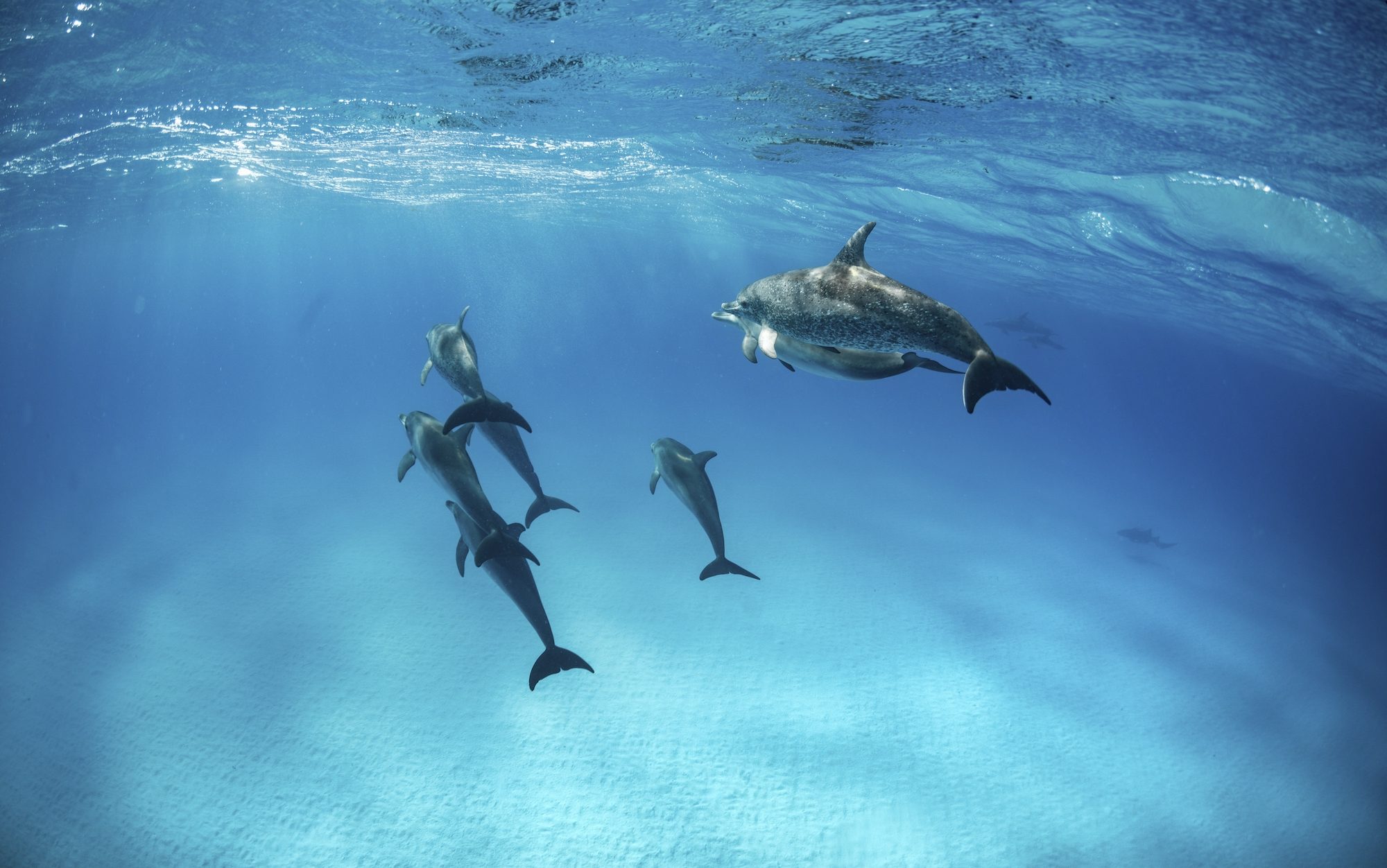
Dolphins: Half Asleep? Or Half Awake?
Anesthetize a dolphin without a breathing tube and it could die. That’s because dolphins evolved to be unihemispheric—to be able to function with one half of their brain while the other half rests. Make both hemispheres rest at the same time, and the creature won’t breathe.
So does this technically mean a dolphin never sleeps? Or do they sleep a lot? It’s a matter of semantics. When they are sleeping with one hemisphere, one eye closes and one remains open. They sometimes rest motionless near the surface of the water or swim slowly, still able to breathe when needed.
Whales also have unihemispheric sleep, and so do fur seals, but only when they’re in water. On land, seals sleep just like humans with both hemispheres.
Dolphins, whales, and fur seals in water also don’t have REM sleep like humans. REM, or rapid eye movement, is a period when the brain is slightly more awake that deep sleep. It likely evolved as a means of temperature control, Seigel says. In deep sleep, brains cool down, and in REM sleep they begin to warm back up again. But because a dolphin’s brain is never fully shut down, it doesn’t cool or reheat.
Interestingly, mother dolphins and killer whales may not sleep at all for a period of one to two months when their young are most vulnerable.
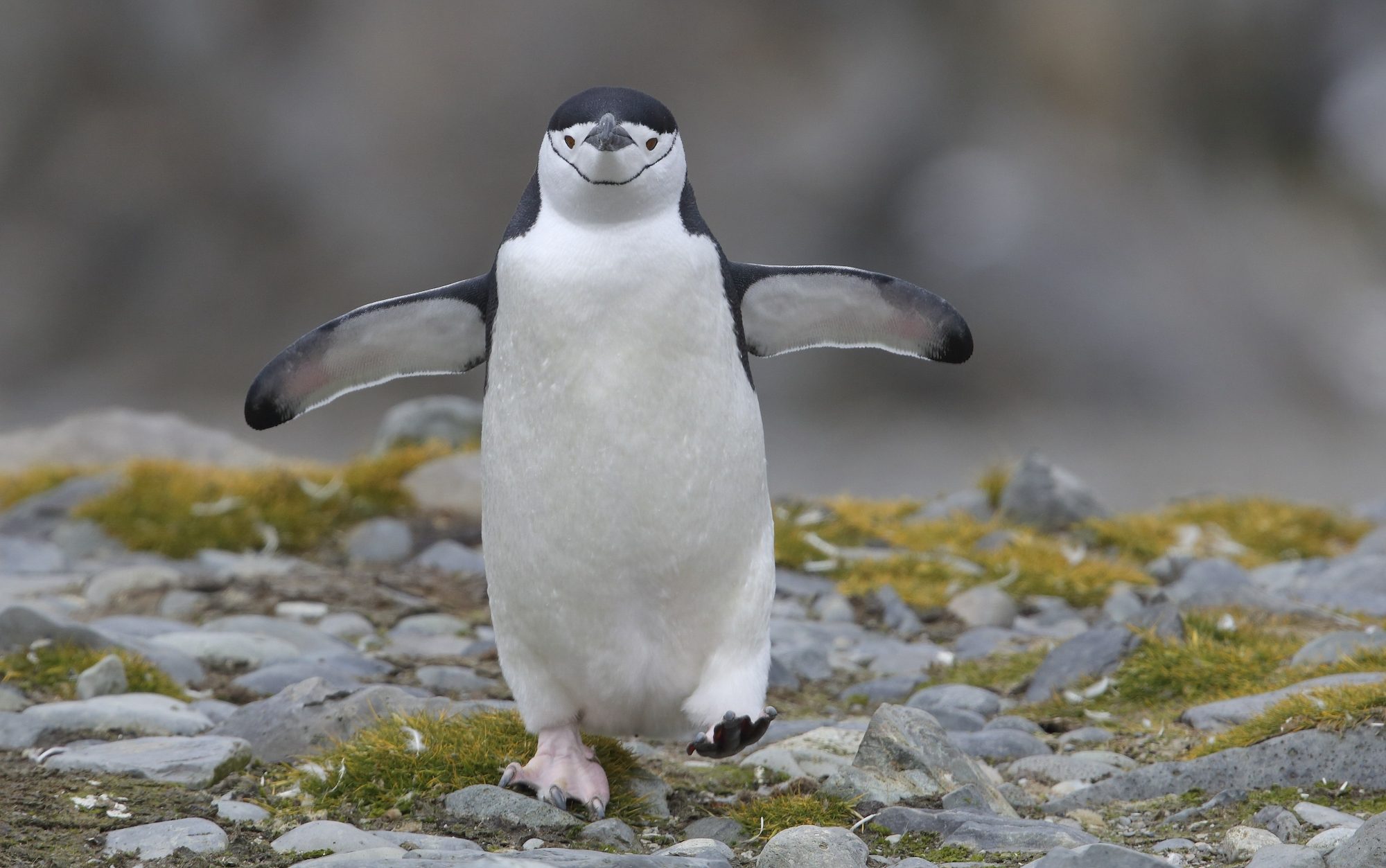
Chinstrap Penguin Naps
Most of us have probably nodded off at some point and quickly roused again, only to nod off, then rouse. It happens when we’re sleepy but not somewhere we can properly sleep. We may even call them cat naps—an 1800s idiom referencing a cat’s tendency to find sleep anywhere, for whatever duration.
Maybe instead of cat naps, though, we should start calling them chinstrap penguin naps. A new paper published in the journal Science shows that chinstrap penguins micro-sleep for mere seconds at a time more than 10,000 times a day.
The tactic likely evolved as a way to provide rest while still protecting their eggs. Chinstrap penguins nest in colonies, and their eggs are in constant danger from predators and even other penguins. In total, they can accumulate more than 11 hours of sleep.
“The investment in microsleeps by successfully breeding penguins suggests that the benefits of sleep can accrue incrementally,” the paper’s abstract reads.
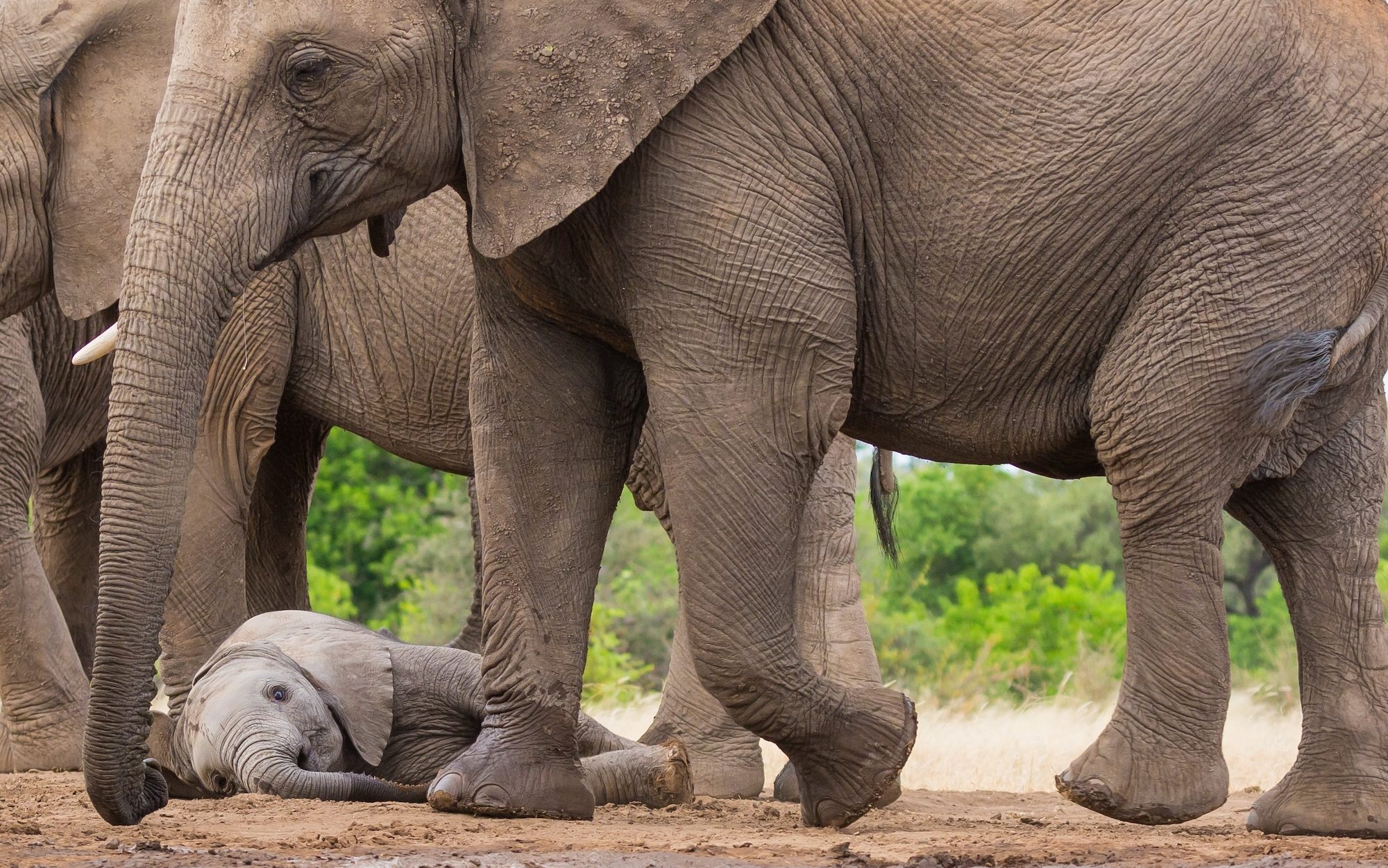
Asleep on Their Feet
You may think an animal as big as an elephant would require extra sleep to rest and rejuvenate, but the opposite is actually true. African elephants sleep for the least amount of time recorded of any land mammal.
In captivity, elephants may sleep for up to four to six hours a day, but in the wild, they average about two hours per day and can go up to 46 hours without any sleep, according to 2017 study in the journal PLoS One.
They can also sleep standing or lying down, and seem to only lay down to sleep every few days, likely as a way to stay safe from predators, poachers or even bull elephants in musth.
Similarly, the domestic horse sleeps just under three hours on average each day, and the domestic pony sleeps about three hours and 20 minutes.
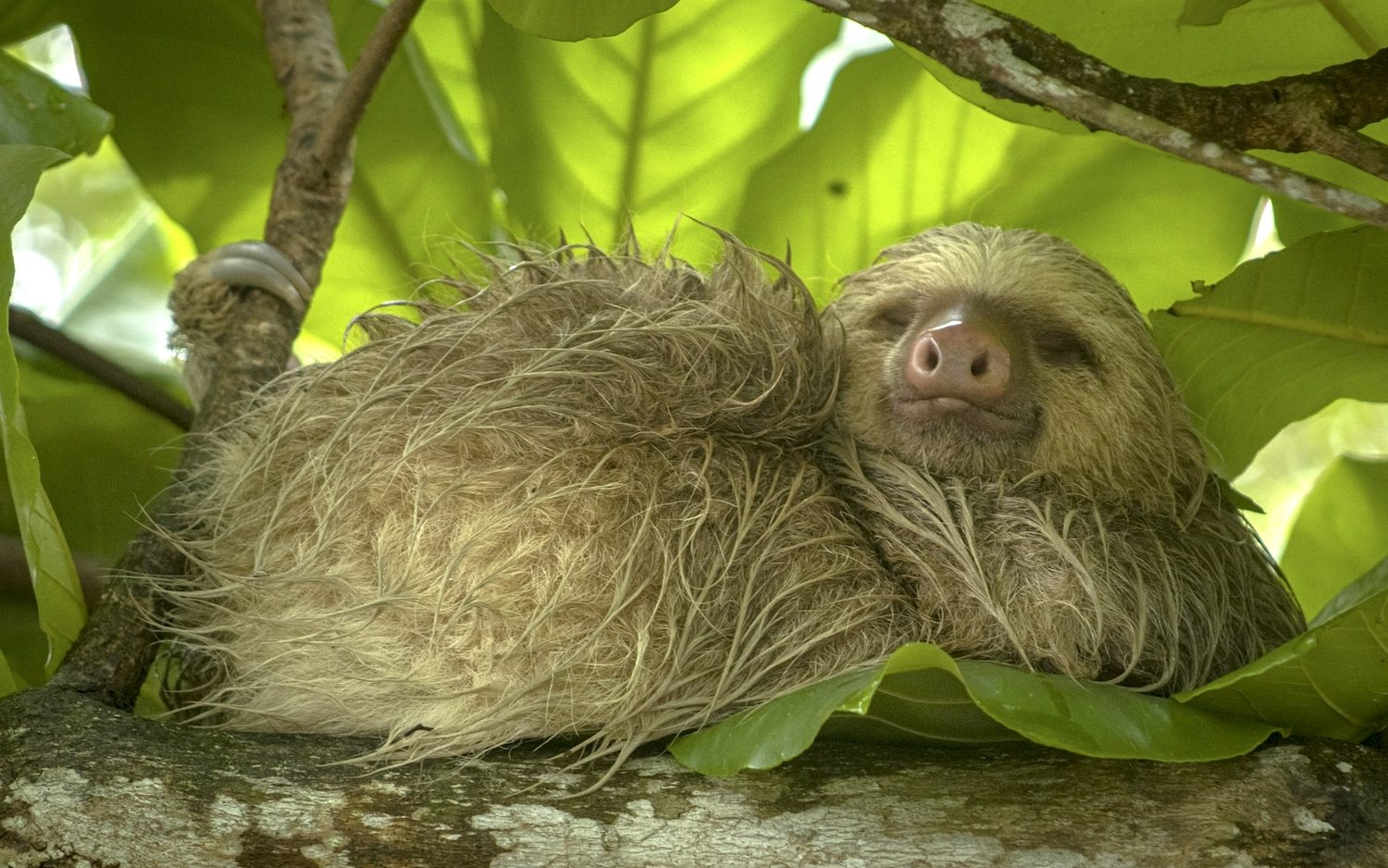
Well Rested
Elephants may only require two hours of sleep a night, but the koala, another plant-eating land mammal, sleeps and rests a whopping 22 hours a day. The koala’s eucalyptus diet provides relatively few calories, which means it spends most of its time expending as little energy as possible.
Sloths, on the other hand, which have a reputation for being, well, sloths, actually only sleep about nine to 10 hours a day in the wild. Studies on captive sloths had previously reported they slept for upwards of 15 or 16 hours a day. But in the wild, likely because of the need to eat and avoid being eaten, they sleep about as much as the average human teenager.
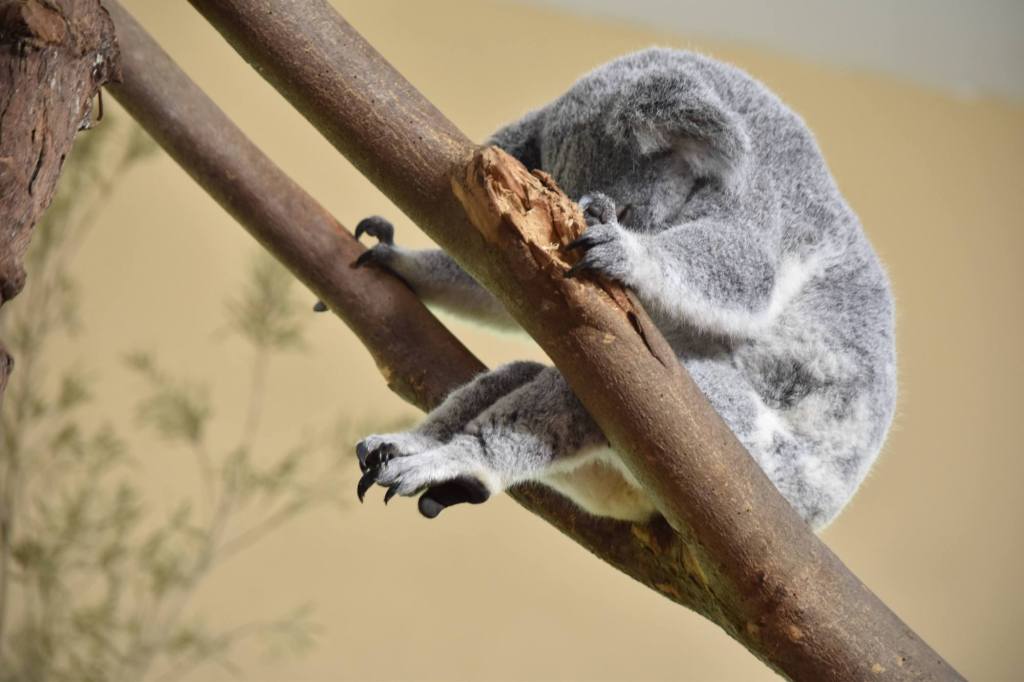



Join the Discussion